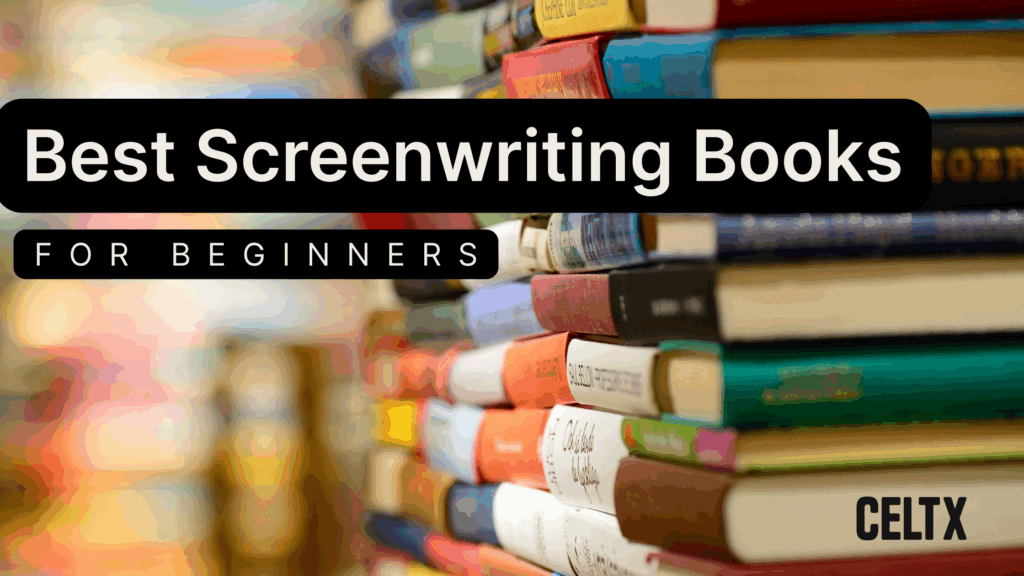
So, you have an idea for a screenplay, you love movies and dream of seeing your story come to life on the big screen?
There are so many resources out there to help you learn the craft of screenwriting. Some academic, some practical. But just where do you start?
Well, reading about screenwriting is one of the fastest ways to begin your screenwriting experience. Some of the best screenwriting books by seasoned writers, successful screenwriters, and storytelling experts can offer you a treasure trove of guidance. From structure to character development, dialogue and pitching, there’s a screenwriting book for absolutely everything.
By studying the techniques and strategies of writers who have come before, you can really get to grips with what’s required.
But with so many must-read screenwriting books to choose from, it can be difficult to decide which ones to go for and which to leave in the ‘to be read’ pile. Well, that’s where we come in! In today’s blog, we’ll be running down our curated list of the best screenwriting books for beginners!

3 Must-Reads for Screenwriters
When starting your screenwriting journey, you need a book that’s going to cover all the basics! From structure to character arcs, there’s a lot to consider when writing your first screenplay.
Here are our top picks for the top screenwriting books if you’re just getting started:
- Save the Cat! by Blake Snyder
- Screenplay: The Foundations of Screenwriting by Syd Field
- The Screenwriter’s Bible by David Trottier
1. Save the Cat! | Blake Snyder
Blake Snyder’s book Save the Cat! is often one of the first screenwriting books to be recommended to aspiring screenwriters. There is a very good reason for that!

In the book, Snyder breaks down screenplay structure into a simple, fifteen-beat format that can be applied to almost any story. His style of writing is also humorous and very relatable, making it easily accessible for all writers.
The stand-out element of Save the Cat! is its focus on loglines: the one-sentence description that sells a story. Snyder makes it very clear that if your logline doesn’t work, then neither will your screenplay. Developing strong ideas before you start writing is essential.
“To be a screenwriter is to deal with an ongoing tug of war between breathtaking megalomania and insecurity so deep it takes years of therapy just to be able to say, ‘I’m a writer’ out loud.” – Blake Snyder (Save the Cat!: The Last Book on Screenwriting You’ll Ever Need, 2005)
Save the Cat! also has a wonderful accompanying website that breaks down some of Hollywood’s best movies. It’s an informative and interesting resource that gives us insights into how movies are constructed and developed in their early stages as well as classes and software offerings. Check it out here.
While you’ll definitely want to dive deeper into screenwriting once you’ve read Save the Cat! it’s an invaluable guide to the craft that will certainly set you on the right path!
2. Screenplay: The Foundations of Screenwriting | Syd Field
But Save the Cat! wasn’t the first book on foundational screenwriting! Syd Field’s Screenplay came before and is still one of our strong recommendations.
In Screenplay, Field outlines the three-act structure that has shaped countless Hollywood films. His concepts of plot points, setups, and payoffs are still studied and used in modern filmmaking.
“During the writing process you’re going to discover things about yourself you never knew. For example, if you’re writing about something that happened to you, you may re-experience some old feelings and emotions. You may get ‘wacky’ and irritable and live each day as if you were on an emotional roller coaster. Don’t worry. Just keep writing.” – Syd Field (Screenplay: The Foundations of Screenwriting, 1979)
Field also focuses on storytelling fundamentals such as character arcs, conflict, and dramatic need. He writes more formally than Snyder, but the principals remain the same, with his approach helping us understand why some movies work, and others don’t.
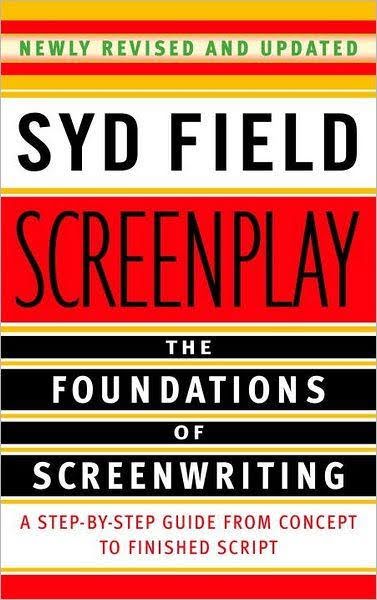
What’s great is that Screenplay gives us a blueprint for a screenplay that’s easy to adapt as we develop our writing voices.
3. The Screenwriter’s Bible | David Trottier
The Screenwriter’s Bible is a comprehensive guide which covers almost everything about writing a screenplay: format, structure, dialogue, pitching, selling and even sample query letters. It’s a practical toolkit that we highly recommend you have by your side as you start writing, and even as you progress as a screenwriter!
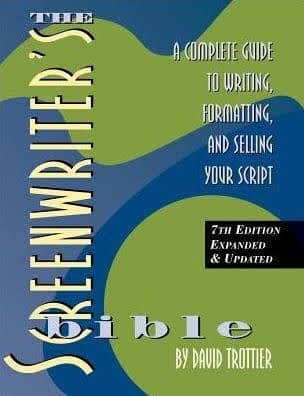
With a friendly and encouraging tone, Trottier breaks down complicated industry norms and makes them easy to digest, including his detailed advice on formatting.
“Your screenplay must be well structured because you want your story to survive once the director and other collaborators take your work of art and make it their own.” – David Trottier (The Screenwriter’s Bible, 1994)
He’s serious about making sure you don’t make rookie mistakes when submitting your finished scripts to agents or competitions!
Ready to write?
Simplify your script writing process with Celtx screenwriting software—
perfect for beginners, pros, and every writer in between.
Get started with a free trial!
3 Storytelling Mastery Books
So, you’ve the basics and looking for more specific topics to dig your teeth into? Don’t go anywhere: we have you covered!
Once you’ve mastered the foundations of screenwriting, broader storytelling guides can take your writing to the next level. Understanding character psychology, story arcs, and narrative dynamics can give your scripts the depth and emotional resonance that audiences are looking for.
Let’s take a look at some of the books that will step up your writing game past the basics:
- Story: Substance, Structure, Style and the Principles of Screenwriting by Robert McKee
- The Hero with a Thousand Faces by Joseph Campbell
- Into the Woods: A Five Act Journey into Story by John Yorke
1. Story: Substance, Structure, Style, and the Principles of Screenwriting | Robert McKee
Yes, this book still primarily covers screenwriting, but it’s not for the faint of heart! While it may be a heavyweight tome, it’s perfect for those willing to take a deep dive into the art of storytelling.
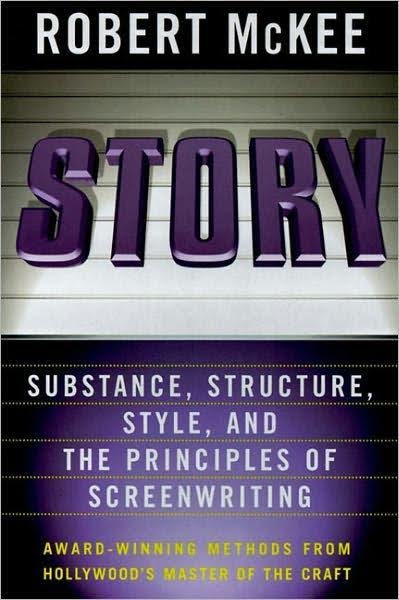
In Story, McKee dissects every single aspect of story structure. From inciting incidents to climaxes, he covers it all. He also stresses the importance of character motivation and thematic cohesion.
McKee also presents his book through a range of in-person seminars and genre-focused masterclasses. If you can make one of these, it’s well worth it. They’re intense, but you’ll learn so much!
“Good story’ means something worth telling that the world wants to hear. Finding this is your lonely task…But the love of a good story, of terrific characters and a world driven by your passion, courage, and creative gifts is still not enough. Your goal must be a good story well told.” – Robert McKee (Story: Substance, Structure, Style and the Principles of Screenwriting, 1998
2. The Hero with a Thousand Faces | Joseph Campbell
The methods in Campbell’s The Hero with a Thousand Faces are all based in mythology, inspiring his ‘Hero’s Journey’, a narrative pattern found in stories across many cultures and eras. The concept was originally aimed at scholars of mythology, however, has had an unexpected yet enormous impact on storytelling in Hollywood.
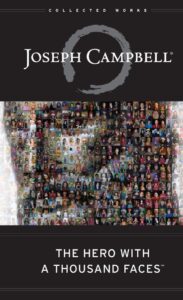
Films like Star Wars were inspired by the ‘Hero’s Journey’.
So how does the ‘Hero’s Journey’ help screenwriters? Well, understanding the concept can help us craft stories that resonate on a deep, almost archetypal level. While Campbell’s style of writing is formal and intense at times, if you can grasp the core of the ‘Hero’s Journey’ it will open new possibilities in your writing.
“The usual hero adventure begins with someone from whom something has been taken, or who feels there is something lacking in the normal experience available or permitted to the members of society. The person then takes off on a series of adventures beyond the ordinary, either to recover what has been lost or to discover some life-giving elixir. It’s usually a cycle, a coming and a returning.” – Joseph Campbell (The Hero with a Thousand Faces, 1949)
BONUS BOOK: For a more screenwriter-friendly version of the ‘Hero’s Journey’, Christopher Vogler’s The Writer’s Journey: Mythic Structure for Writers adapts Campbell’s ideas for modern storytellers. Check it out here.

3. Into the Woods: A Five Act Journey Into Story | John Yorke
Now onto one of the newest books in our list! Expanding on the mythology, one of the UK’s most prolific masters in screenwriting storytelling, John Yorke, has written one of the most accessible explorations of why stories work.
“All tales, then, are at some level a journey into the woods to find the missing part of us, to retrieve it and make ourselves whole. Storytelling is as simple – and complex – as that. That’s the pattern. That’s how we tell stories.” – John Yorke (Into the Woods: A Five Act Journey Into Story, 2015)
Into the Woods argues that almost all successful narratives, from ancient myths to today’s hit television shows, follow the same fundamentals when it comes to structure. To do this, Yorke draws on psychology, drama theory, and his own experience in British television to show how and why stories tap into our inherently human need for meaning in our life experiences.
Yorke also expands on the traditional three-act structure, exploring how the five-act structure can be used through a refreshing lens.
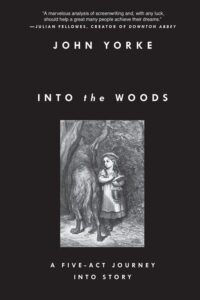
3 Hidden Gems for Screenwriters
While most of you may have heard of all our book picks so far, there are some lesser- known gems out there. They definitely deserve a shout out as they may just give you the inspiration you’ve been looking for!
So, without further ado, here are Celtx’s picks of hidden gem screenwriting books that you need to check out:
- Adventures in the Screen Trade by William Goldman
- Writing for Emotional Impact by Karl Iglesias
- Making a Good Script Great by Linda Seger
1. Adventures in the Screen Trade | William Goldman
After all, the film and television industries are there to not just entertain, but to make money, so it pays to be savvy in the workings of how the business side of things works.
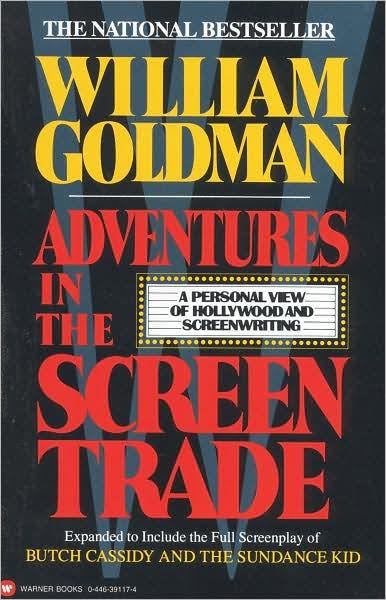
Oscar-winning screenwriter William Goldman, penning classics such as Butch Cassidy and the Sundance Kid and The Princess Bride, offers an inside look into the screenwriting business in a witty and brutally honest way in Adventures in the Screen Trade.
His famous line “Nobody knows anything” perfectly summarizes the unpredictability of Hollywood, which rings true even now, with humorous yet insightful anecdotes about navigating the studio system. It’s a fantastic book if you’re looking to learn more about the working life of a screenwriter!
“Nobody knows anything…… Not one person in the entire motion picture field knows for a certainty what’s going to work. Every time out it’s a guess and, if you’re lucky, an educated one.” – William Goldman (Adventures in the Screen Trade, 1989
2. Writing for Emotional Impact | Karl Iglesias
If you’ve already started writing your screenplay, you may find that one of the hardest challenges you’ve come across so far is making your audience feel something. Emotional resonance can be tricky to write but never fear, as Karl Iglesias tackles this head-on.
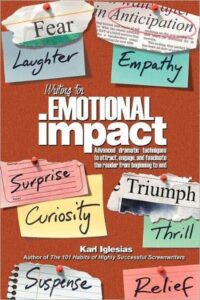
His practical techniques for crafting scenes, characters, and dialogue are sure to help you capture audiences’ hearts.
Unlike many books that focus on structure, Writing for Emotional Impact teaches you how to create genuine emotional moments, something that can make difference between selling your script, and not!
“There is no such thing as a character in a script, only words on a page. An actor speaks these words of dialogue, and so the reader forms a sense of an actual person, though the character himself is an illusion.” – Karl Iglesias (Writing for Emotional Impact, 2005)
3. Making a Good Script Great | Linda Seger
Isn’t that what we all want to do? Well, Seger’s book, Making a Good Script Great, is perfect for you if you’ve completed your first draft and are moving onto the rewriting process. Remember, revisions are crucial for enhancing character development, deepening conflict, and tightening the structure of your script.
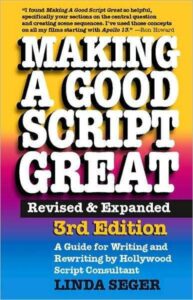
Seger’s advice is practical and most importantly, actionable! There’s nothing worse than reading a book where you can’t put the advice into practice.
“Is there a particular trick to rewriting? Yes! Only rewrite what doesn’t work and leave the rest alone. This often means working against the temptation to do more and more.” – Linda Seger (Making a Good Script Great, 2010)
Conclusion
So, there you have it! The top books for screenwriters that we recommend if you’re just starting out.
But after absorbing all the knowledge from these incredible books, the next step is getting your hands dirty. Writing, revising, writing again. That’s how you truly learn screenwriting.
And when it’s time to actually write, tools like Celtx make the process much easier. Our comprehensive software suite helps you format your script professionally, organize your scenes, plan your production, and collaborate with others. Instead of worrying about margins and sluglines, you can focus on what matters most: telling a great story.
Think of books as your screenwriting education, and platforms like Celtx as your professional workshop.
Get inspired, learn from the experts, and then get to work. Your story is waiting to be told.
Don’t just imagine it. Write it.
Try Celtx for free and bring your story to life.
Looking for more screenwriting resources? Start here:
- The Write Stuff: Choosing the Best Screenwriting Software for Your Needs
- Mastering the Art of Screenwriting: Learn to Write Scripts in Every Genre
- How to Format a Script | A Step-by-Step Guide
